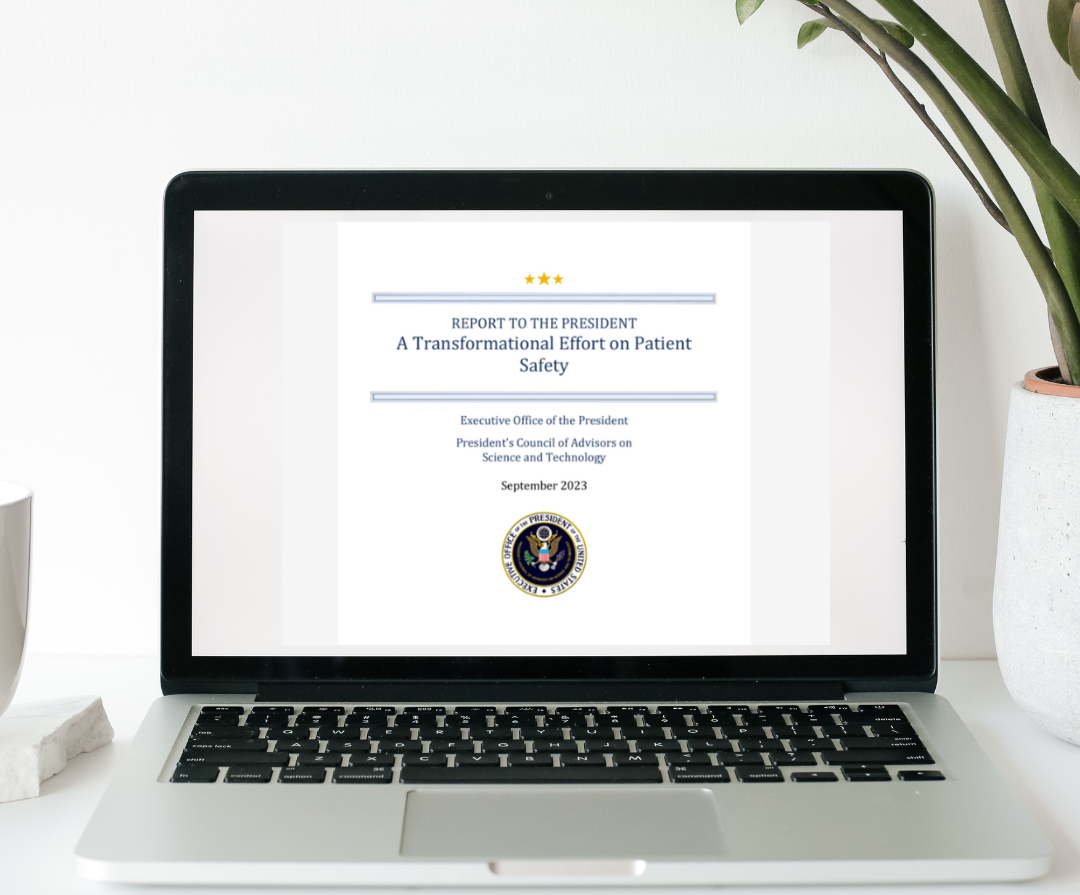In the ever-evolving landscape of healthcare, patient safety remains a paramount concern. Among the myriad challenges we face, sepsis stands out as a critical issue with profound financial implications. As healthcare leaders, understanding and addressing the impact of sepsis is not only a moral imperative but also a financial necessity.
Sepsis affects over 1.7 million adults in the United States each year, leading to approximately 270,000 deaths. Sepsis, a life-threatening response to infection, poses significant health and economic burdens. The financial implications for patients and healthcare systems are profound, affecting not only immediate medical expenses but also long-term economic stability and patient outcomes.
Sepsis accounting for more than $24 billion in hospital expenses annually, making it the costliest condition treated in U.S. hospitals. The global financial impact of sepsis is staggering, with hospital-related costs contributing to substantial healthcare expenditure. The extended hospital stays, intensive care requirements, and complex treatments associated with sepsis significantly increase the financial burden.
Read more: https://www.ncbi.nlm.nih.gov/pmc/articles/PMC10179263/
For patients, the financial implications of sepsis extend beyond hospital bills. Many patients face long-term health complications, leading to additional medical expenses, loss of income, and reduced quality of life. The prolonged recovery period often requires ongoing medical care, rehabilitation, and sometimes, lifelong management of disabilities resulting from sepsis.
As a patient safety expert with over four decades of experience as a nurse, leader, and educator, I have witnessed firsthand the devastating impact of sepsis on patients and healthcare systems. The key to mitigating these effects lies in early detection, effective management, and robust prevention strategies. By investing in education and training for healthcare professionals, we can enhance our ability to recognize the early signs of sepsis and implement timely interventions.
Leveraging technology and data analytics can play a pivotal role in identifying at-risk patients and streamlining care processes. Implementing evidence-based protocols and fostering a culture of safety within healthcare organizations are essential steps toward reducing the incidence of sepsis and its associated costs.
Addressing the financial implications of sepsis is not just about cost-saving; it is about enhancing the quality of care and ensuring the safety of our patients. It requires a multifaceted approach, including early diagnosis, effective treatment protocols, and preventive measures to reduce the incidence of sepsis. Improved patient education and advocacy are also crucial in mitigating the long-term economic impact on patients.
As healthcare leaders, we have the responsibility to advocate for policies and practices that prioritize patient safety and allocate resources effectively to combat sepsis.
I urge my fellow healthcare leaders to take action. Let us collaborate to develop comprehensive education and sepsis management programs and promote awareness at all levels of care. Together, we can make a difference. Together, we can save lives.
For more insights on related topics, check out other articles at https://drjuliesiemers.com




